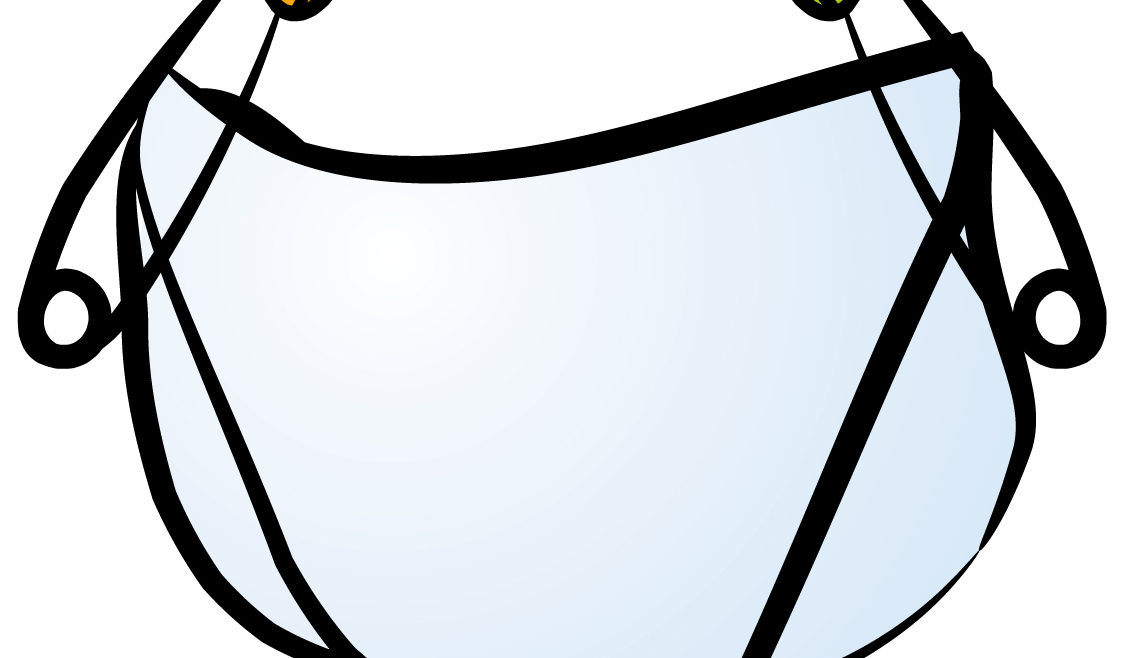 A diaper rash can often become a parent’s worst nightmare.
A diaper rash can often become a parent’s worst nightmare.
After changing thousands of diapers both as a mom and a Pediatrician, I have compiled a list of tips over the years to both prevent and treat a rash once it occurs.
Firstly, one must understand that both urine and stool are acidic and can break down your baby’s bottom and cause a rash within minutes. Therefore you will want to have many ointments and creams on hand in your diaper changing arsenal.
Here are my top recommendations I give to parents in my practice:
- Use Cetaphil or its generic equivalent every diaper change. You can simply spray it on your baby’s bottom and wipe off with sensitive wipes. You do not need to use water. The Cetaphil will remove the acidic urine or stool and is a huge time saver.
- Apply barrier ointment and creams in layers. Usually A &D or Aquaphor work best as the first layer. If there is any irritation or skin break down, these ointments will not burn as you apply them to your infant’s bottom. Next apply a cream that contains zinc oxide (the white stuff), Dr. Smith’s, Desitin or its generic equivalent works well.
- If a rash is not clearing with steps one and two, there may be a yeast component. Yeast thrives in moist, dark environments (aka your baby’s diaper). If you see red dots in the diaper area or a shiny red rash in the groin folds, try adding an anti-yeast cream such as Clortrimazole (Lotrimin AF) at least four times a day. Apply the other ointments or creams on top. Often a prescription powder such as Nystatin powder will need to be prescribed by your Pediatrician. Do not use baby powder which can often cause more irritation and does not treat yeast.
- Tub soaks. At the first sign of a rash, it is important to soak your baby’s bottom in the bath tub several times a day with baby soap for 10 minutes or more. This will be the most healing thing you can do. Then pat dry and follow steps 2 and 3. After the bath, you may also try leaving your baby’s bottom “open to air” by placing your infant on her tummy for 15-20 minutes at a time. This can be risky, so place her on the floor on a towel or blanket that you won’t mind getting soiled.
- Change diaper brands. Often, for whatever reason, your baby may react to a certain brand of diaper. It may be worth trying another brand or cloth diapers.
- Change your baby frequently. Disposable diapers in particular are very absorbent, but you never want to leave your baby in a wet or dirty diaper for any length of time, since as noted above, skin breakdown can occur rapidly.
- If you are breastfeeding and taking antibiotics this can affect your baby’s natural intestinal flora and promote yeast overgrowth in the diaper area. Discuss taking a probiotic with your physician. If your baby is placed on an antibiotic, discuss giving a probiotic to your infant first with your Pediatrician.
- Introduction of foods. Once your baby starts taking baby foods or table foods, stooling frequency will increase. Certain foods may cause more acidity in the diaper area and skin break down. You will want to be hypervigilant with steps 1-4. To both prevent and treat a rash.
Note: If despite these steps your baby’s rash is worsening, if her bottom is more red, tender or swollen, if there is skin breakdown/bleeding or if your infant has a fever greater than 100.4,
CALL YOUR PEDIATRICIAN IMMEDIATLELY!

